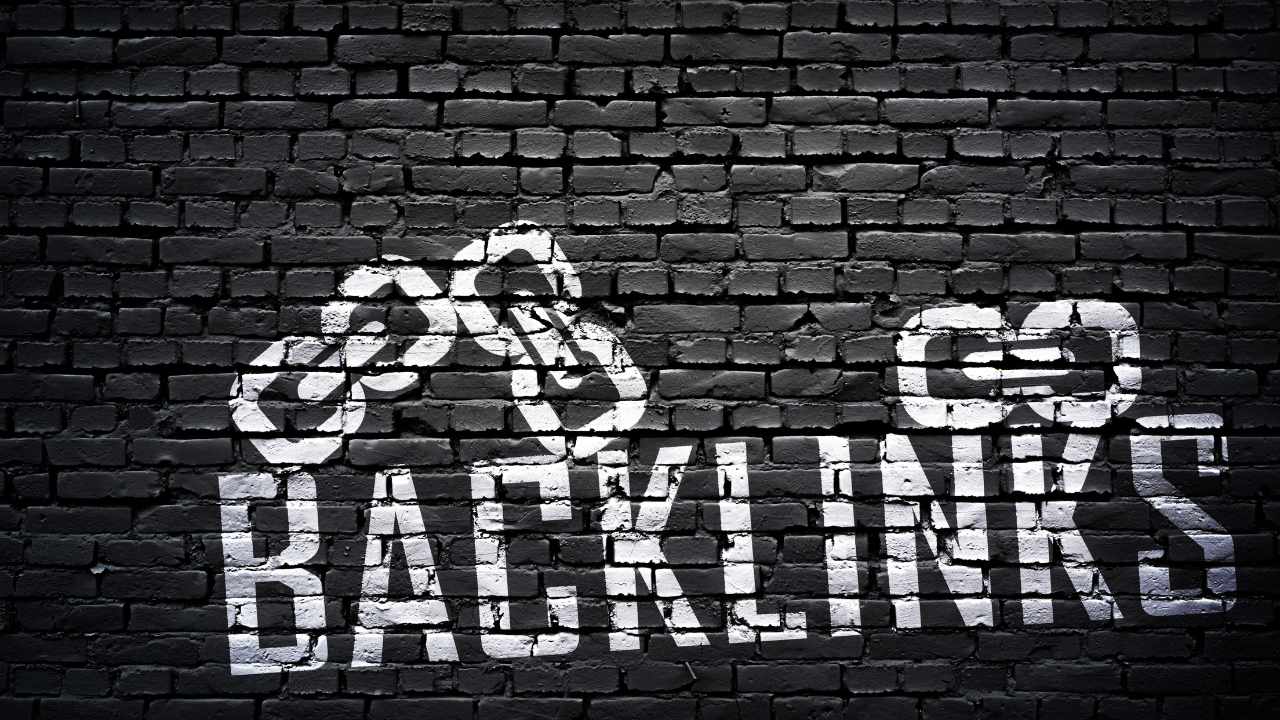Best AI Tools for Digital Marketers: Picture this: It’s 5 AM in Mumbai, and you’re sipping your first chai of the day, staring at a blank screen. You’ve got a campaign deadline looming, a blog post to write, and a social media strategy to tweak—all before your client pings you on WhatsApp asking, “Where’s the update?” As a digital marketer in India, you’re juggling a million tasks in a market that’s growing faster than a monsoon downpour. The pressure is real, and the competition? Fierce. With over 560 million internet users in India (as per Statista, 2025), the digital space is a goldmine—but only if you can stand out.
Here’s the good news: Artificial Intelligence (AI) is your secret weapon. From crafting killer content to analyzing data like a pro, AI tools can save you time, boost your ROI, and make you look like a marketing genius. But with so many options out there, which ones are the best for Indian digital marketers? In this blog, I’ll walk you through my top picks—tools I’ve tested over my 10+ years as a professional blogger—tailored to the unique needs of India’s dynamic market. Let’s dive in and turn your overwhelm into opportunity!
Why Indian Digital Marketers Need AI Tools Now More Than Ever
India’s digital marketing scene is like a bustling Delhi bazaar—vibrant, chaotic, and full of potential. With businesses racing to capture the attention of Gen Z on Instagram, small vendors optimizing for Google My Business, and e-commerce giants dominating Amazon India, the stakes are high. According to a 2025 NASSCOM report, India’s digital economy is expected to hit $1 trillion by 2030. That’s a massive pie, but grabbing your slice requires speed, precision, and creativity—qualities AI brings to the table.
AI tools aren’t just a luxury; they’re a necessity. They help you automate repetitive tasks, understand your audience (think Hindi-speaking rural users vs. urban English-speaking millennials), and stay ahead of trends. Whether you’re a freelancer in Bengaluru or an agency owner in Gurugram, these tools can level the playing field. Let’s explore the best ones to supercharge your efforts.
1. Jasper: Your Content Creation Sidekick
What It Does: Jasper is an AI writing assistant that churns out blog posts, ad copy, and social media captions faster than you can say “SEO.” It’s powered by advanced natural language processing (NLP) and can write in multiple tones and languages—including Hindi!
Why Indian Marketers Love It: India’s diverse audience demands content in regional languages and varied styles. Jasper lets you create a blog post for a saree brand in Tamil Nadu or a LinkedIn ad for a tech startup in Hyderabad—all in minutes. Plus, it’s got SEO templates to help you rank on Google India.
Actionable Tip: Use Jasper’s “Blog Post Outline” feature to structure your next campaign post. Feed it keywords like “best budget smartphones in India,” and watch it craft an outline you can tweak for your audience.
Personal Story: Last Diwali, I had to write 10 product descriptions for a client selling festive lights. With Jasper, I finished in two hours—what used to take me a full day. The client? Thrilled. Me? Sipping chai stress-free.
Interlink: Want more AI content ideas? Check out Best AI Tools for 2025.
2. Canva (with Magic Studio): Design Like a Pro, No Skills Needed

What It Does: Canva’s AI-powered Magic Studio takes design to the next level. Think Magic Write for captions, Magic Design for instant layouts, and Magic Eraser to remove photobompers from your Diwali campaign pics.
Why Indian Marketers Love It: Visuals are king in India—whether it’s a vibrant Holi ad or a sleek infographic for LinkedIn. Canva’s AI makes it easy to create eye-catching graphics tailored to Indian festivals, trends, and aesthetics, even if you’re not a designer.
Actionable Tip: Use Magic Write to generate a catchy tagline like “Unbox Happiness This Rakhi” for your next Instagram post, then pair it with a custom template from Magic Design.
Analogy: Canva is like your friendly neighborhood tailor—give it a rough idea, and it stitches together a masterpiece that fits perfectly.
3. Surfer SEO: Dominate Google India Like a Boss
What It Does: Surfer SEO uses AI to analyze top-ranking pages and optimize your content for search engines. It suggests keywords, word counts, and even image density.
Why Indian Marketers Love It: With Google being the go-to search engine for 90% of Indian internet users (per StatCounter, 2025), ranking high is non-negotiable. Surfer helps you target local keywords like “best biryani in Bangalore” or “cheap flights from Delhi.”
Actionable Tip: Run a competitor analysis on Surfer for your niche. If you’re targeting “online courses in India,” it’ll show you exactly what the top pages are doing right—and how to outdo them.
Stat: Companies using SEO tools like Surfer see a 14% increase in organic traffic within six months (HubSpot, 2025). Imagine that for your Indian audience!
4. Hootsuite with OwlyWriter AI: Social Media Made Simple
What It Does: Hootsuite’s OwlyWriter AI generates social media captions, schedules posts, and analyzes performance—all from one dashboard.
Why Indian Marketers Love It: India’s social media usage is off the charts—think 467 million users on Instagram alone (DataReportal, 2025). Hootsuite helps you manage multiple platforms (Instagram, Twitter, LinkedIn) and tailor posts for India’s festive seasons or trending hashtags like #MakeInIndia.
Actionable Tip: Use OwlyWriter to brainstorm 10 caption ideas for your next Republic Day campaign. Pick the one with the most engagement potential and schedule it for peak hours (7-9 PM IST).
Personal Story: I once forgot to post a client’s Independence Day tweet. Hootsuite’s scheduling saved me—set it, forget it, and the client never knew!
5. ChatGPT: The Swiss Army Knife of AI
What It Does: ChatGPT, from OpenAI, is a conversational AI that can brainstorm ideas, write drafts, and even debug code (handy for landing pages!).
Why Indian Marketers Love It: It’s free (basic version), versatile, and perfect for quick tasks—like drafting an email campaign for a Pune-based startup or generating keyword ideas for “best monsoon treks in India.”
Actionable Tip: Ask ChatGPT, “Give me 5 blog ideas for Indian e-commerce trends in 2025.” Use the output as a starting point for your content calendar.
Interlink: Curious if AI can outsmart humans? Read Can AI Replace Human Intelligence?.
6. SEMrush: Data-Driven Decisions for the Win
What It Does: SEMrush is an all-in-one digital marketing suite with AI-powered tools for keyword research, competitor analysis, and site audits.
Why Indian Marketers Love It: Want to know why your competitor’s “best laptops under 50k” blog ranks higher? SEMrush spills the beans—keywords, backlinks, and all. It’s a must for targeting India’s price-sensitive audience.
Actionable Tip: Use the Keyword Magic Tool to find long-tail keywords like “affordable yoga mats online India” and build a campaign around them.
Stat: Marketers using SEMrush report a 23% boost in campaign performance (SEMrush, 2025). That’s gold in India’s crowded market.
7. Flick: Social Media Captions with Swagger
What It Does: Flick is an AI social media assistant that generates captions, suggests hashtags, and schedules posts.
Why Indian Marketers Love It: It’s perfect for crafting quirky captions that resonate with India’s youth—like “Chai, Chill, and Shopping Deals!” for an e-commerce promo.
Actionable Tip: Input your brand details into Flick and let it generate 10 Instagram captions for your next sale. Tweak them to add a desi twist!
Analogy: Flick is like your witty friend who always has the perfect comeback—except it’s for your social media.
8. Albert AI: Ad Campaigns on Autopilot
What It Does: Albert AI autonomously manages and optimizes ad campaigns across Google, Meta, and more.
Why Indian Marketers Love It: With India’s e-commerce ad spend projected to hit $15 billion by 2025 (eMarketer, 2025), Albert ensures your budget isn’t wasted. It targets the right audience—say, tier-2 city shoppers—and tweaks ads in real-time.
Actionable Tip: Set up a small test campaign for “festive kurtas online” and let Albert optimize it. Watch your cost-per-click drop!
9. MarketMuse: Content Strategy with Smarts
What It Does: MarketMuse uses AI to plan content, find gaps, and optimize for SEO.
Why Indian Marketers Love It: It’s ideal for building authority in niches like “Indian travel blogs” or “Ayurveda products.” It tells you what’s missing from your site compared to competitors.
Actionable Tip: Run a content audit on MarketMuse to identify weak spots—like missing subtopics on “best street food in Mumbai”—and fill them fast.
10. Grammarly: Polishing Your Words to Perfection
What It Does: Grammarly’s AI checks grammar, tone, and readability, ensuring your content shines.
Why Indian Marketers Love It: In a market where English mixes with Hinglish and regional slang, Grammarly keeps your messaging clear and professional—whether it’s an email to a client in Chennai or a blog for a global audience.
Actionable Tip: Paste your next LinkedIn post into Grammarly and adjust the tone to “confident” for a stronger impact.
Personal Story: Early in my career, a typo in a client email cost me a gig. Grammarly’s been my safety net ever since.
Bonus Tool: Midjourney – Visuals That Wow
What It Does: Midjourney generates stunning AI images from text prompts.
Why Indian Marketers Love It: Need a unique banner for a Lohri campaign or a mockup for a Bollywood-inspired ad? Midjourney delivers in seconds.
Actionable Tip: Type “vibrant Indian wedding scene, modern style” into Midjourney and use the output for your next Instagram carousel.
Interlink: For coders building marketing sites, see Which AI is Best for Coding?.
Conclusion: Best AI Tools for Digital Marketers
As an Indian digital marketer, you’re not just competing with the shop next door—you’re up against global players, tight budgets, and a diverse audience. The tools I’ve shared—Jasper, Canva, Surfer SEO, and more—are your ticket to working smarter, not harder. They’re like a trusty autorickshaw weaving through traffic: fast, efficient, and built for the Indian hustle.





